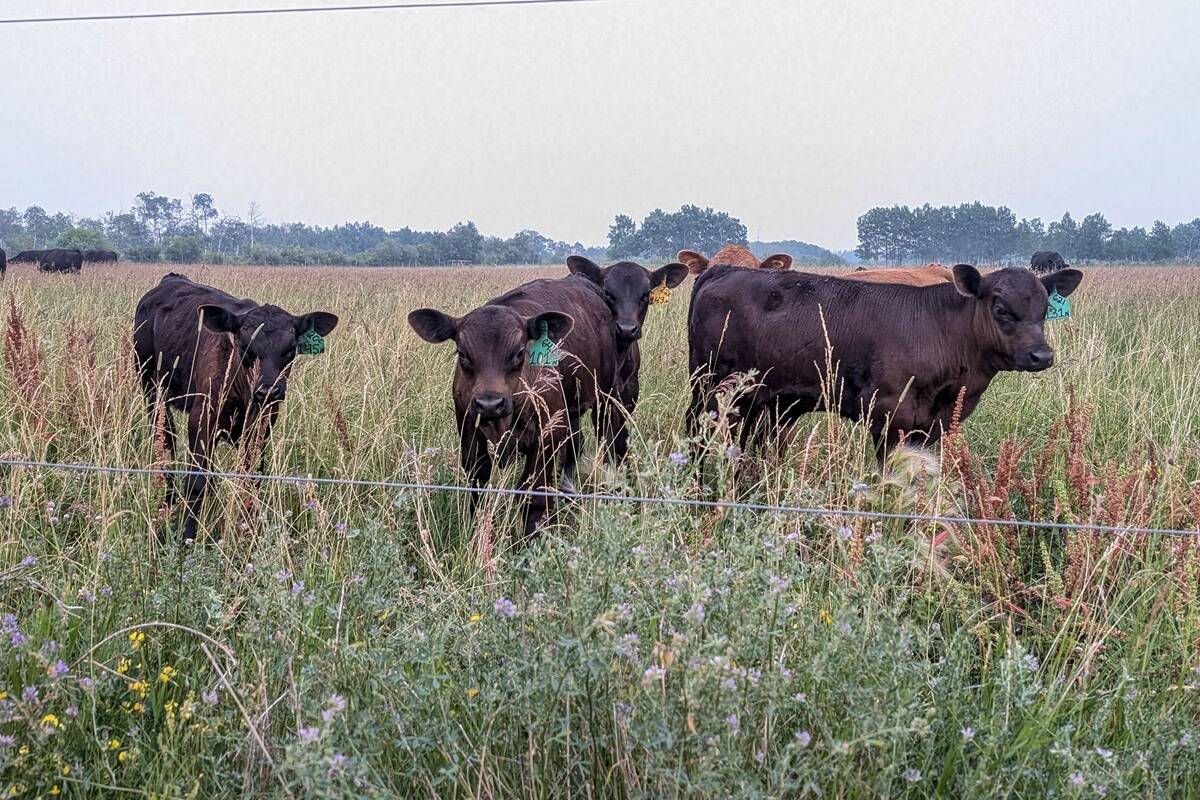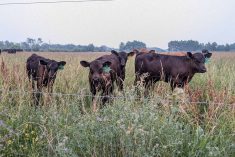Livestock producers in rural or remote areas of British Columbia will be able to get a separate category of meat inspection license to slaughter their own animals and sell meat directly to local consumers.
The two new “Class D” and Class E” license categories, announced Friday in a package of amendments to the province’s Meat Inspection Regulation (MIR), will apply only to operations in areas of the province “without reasonable access to licensed slaughter capacity.”
The licences will at first be made available to livestock producers in Bella Coola, the Powell River Regional District and Haida Gwaii, which, according to Healthy Living Minister Ida Chong, were the communities that took part in the consultation and “actually helped develop this concept.”
Read Also

‘Not a happy Trump supporter’: U.S. Cattle ranchers hit by push for lower beef prices
Much like the price of eggs during the Biden administration, the cost of beef has become an emblem of the affordability crisis in Donald Trump’s America. Beef prices hit record highs earlier this year as the cattle herd shrank and consumer demand remained strong.
One of the two licences, to be available in nine designated areas, will also allow “geographically restricted” retail meat sales from on-farm slaughter, the province said.
The “Class C” transitional licence, which was introduced a few years ago to help slaughter operators to become fully licensed, is now to be phased out. Class C operators will now need to develop “customized plans” to transition their facilities to other licences.
Ticketing
The amendments will also introduce ticketing by regional health authorities, to ensure compliance, the province said.
The province described the new amendments as the last step in its “transition strategy,” meant to recognize the “unique challenges” smaller communities face with limited slaughter capacity, population density and animal numbers.
“Through these amendments, the province is recognizing the importance of existing provincially licensed facilities and the investment they have made to comply with the regulation,” Chong said.
Apart from unlicensed on-farm slaughter, which has always been allowed for a producer’s personal use, and slaughter for interprovincial marketing, which is the jurisdiction of federal meat inspectors, the province’s new graduated licensing approach will include four categories:
- Class A, including provincially-inspected slaughter and “cut and wrap” services;
- Class B facilities, for slaughter only;
- Class D, which will allow direct producer sales to local consumers and to retail establishments within “geographic restrictions,” and limited to production to between one and 25 animal units (about 11,350 kg live weight); and
- Class E, which will allow direct producer sales to local consumers, restricted to between one and 10 animal units (about 4,540 kg live weight) — also limited to designated geographic areas, but available to other rural and remote areas of the province on a “case-by-case basis.”















